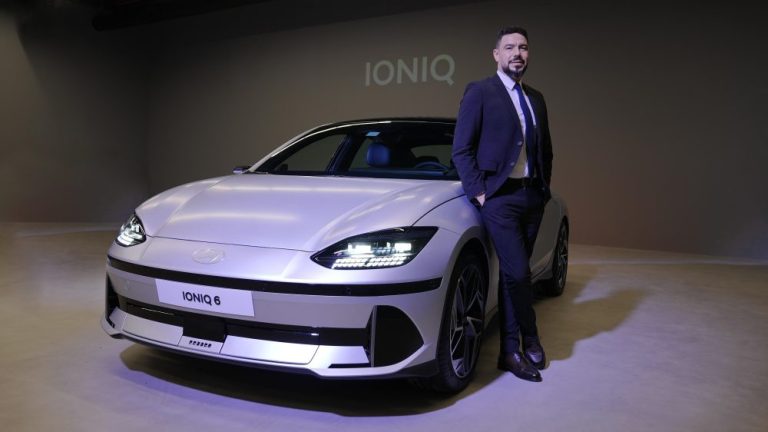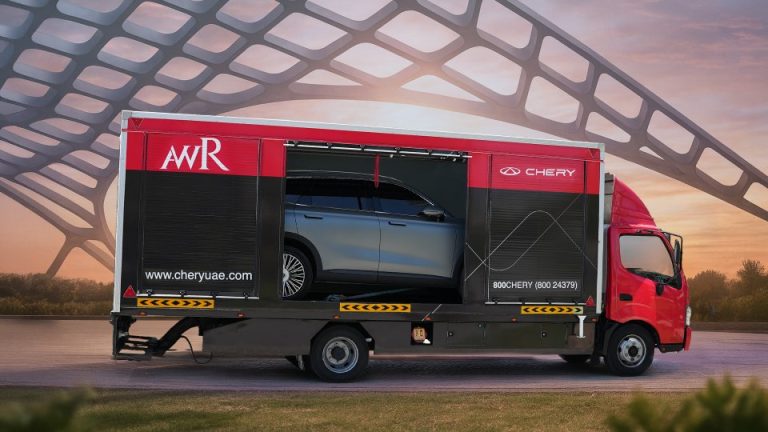Hyundai Ioniq 5 helps prove long-distance EV journeys are possible, with conditions

Thorough trip planning, conservative speeds and extra minutes on a fast charger make a huge difference.
Testing electric cars around my hometown of Milan got me to wonder whether an EV could handle one of the longest trips I make: to Paris and back.
I had done the trip, which is 850 km (530 miles) each way, about a half dozen time using a combustion driven car, so I had familiarity with the route.
Plus, I wanted to spend one day in the Paris area exploring before returning home.
I decided my test vehicle needed to have at least 400 km of range on a full charge, a smooth ride and comfortable seats. The choice for the journey was a 2021 Hyundai Ioniq 5.
The bright side
The results of the first leg of the trip were very encouraging. We left Milan at 8:20 a.m. on a Monday morning and drove the 858 km to Paris in approximately 11 hours and 50 minutes.
That included a 30-minute traffic jam getting into the Mont Blanc tunnel that connects Italy and France and nearly one hour battling heavy traffic to enter Paris.
The bright side
The results of the first leg of the trip were very encouraging. We left Milan at 8:20 a.m. on a Monday morning and drove the 858 km to Paris in approximately 11 hours and 50 minutes.
That included a 30-minute traffic jam getting into the Mont Blanc tunnel that connects Italy and France and nearly one hour battling heavy traffic to enter Paris.
Pleasant performance
The Ioniq 5, with its quiet ride, spacious cabin and comfortable seats, proved to be a pleasant long-distance cruiser. The 4.6 meter long, 1.89-meter wide Ioniq 5 was also quite efficient in its energy use despite weighing more than 2 metric tons. According to the car’s on-board computer, the average consumption was 17.4 kWh per 100 km, or 5.74 km (3.6 miles) per kWh.
The 2021 model we tested had a 72.6 kW battery. Because it had four-wheel drive and 20-inch wheels, the WLTP range was 430 km. A two-wheel drive Ioniq 5 with 19-inch wheels would reach 480 km, according to the company.
The 2022 Ioniq 5 has a 77.4-kW battery with a top range of 507 kms. The availability of a heat pump helps limit the range loss when using the air conditioner to a few percentage points.
The car has three drive modes: Eco, Normal and Sport. I use Normal mode most. I briefly test Sport mode to experience the car’s lightning-fast acceleration. I also spent a bit of time in Eco mode to add a few kilometers to the range.
Thanks to the regenerative braking, both the 1,395 m Mont Blanc tunnel and the 2,005 meter Simplon pass did not cut into the range. The key was to make sure the battery had enough juice to handle the high consumption when traveling uphill (27.7 kWh/100 km on the Mont Blanc ascent). A lot of that energy was recovered via braking during the descent.
Pleasant performance
The Ioniq 5, with its quiet ride, spacious cabin and comfortable seats, proved to be a pleasant long-distance cruiser. The 4.6 meter long, 1.89-meter wide Ioniq 5 was also quite efficient in its energy use despite weighing more than 2 metric tons. According to the car’s on-board computer, the average consumption was 17.4 kWh per 100 km, or 5.74 km (3.6 miles) per kWh.
The 2021 model we tested had a 72.6 kW battery. Because it had four-wheel drive and 20-inch wheels, the WLTP range was 430 km. A two-wheel drive Ioniq 5 with 19-inch wheels would reach 480 km, according to the company.
The 2022 Ioniq 5 has a 77.4-kW battery with a top range of 507 kms. The availability of a heat pump helps limit the range loss when using the air conditioner to a few percentage points.
The car has three drive modes: Eco, Normal and Sport. I use Normal mode most. I briefly test Sport mode to experience the car’s lightning-fast acceleration. I also spent a bit of time in Eco mode to add a few kilometers to the range.
Thanks to the regenerative braking, both the 1,395 m Mont Blanc tunnel and the 2,005 meter Simplon pass did not cut into the range. The key was to make sure the battery had enough juice to handle the high consumption when traveling uphill (27.7 kWh/100 km on the Mont Blanc ascent). A lot of that energy was recovered via braking during the descent.






